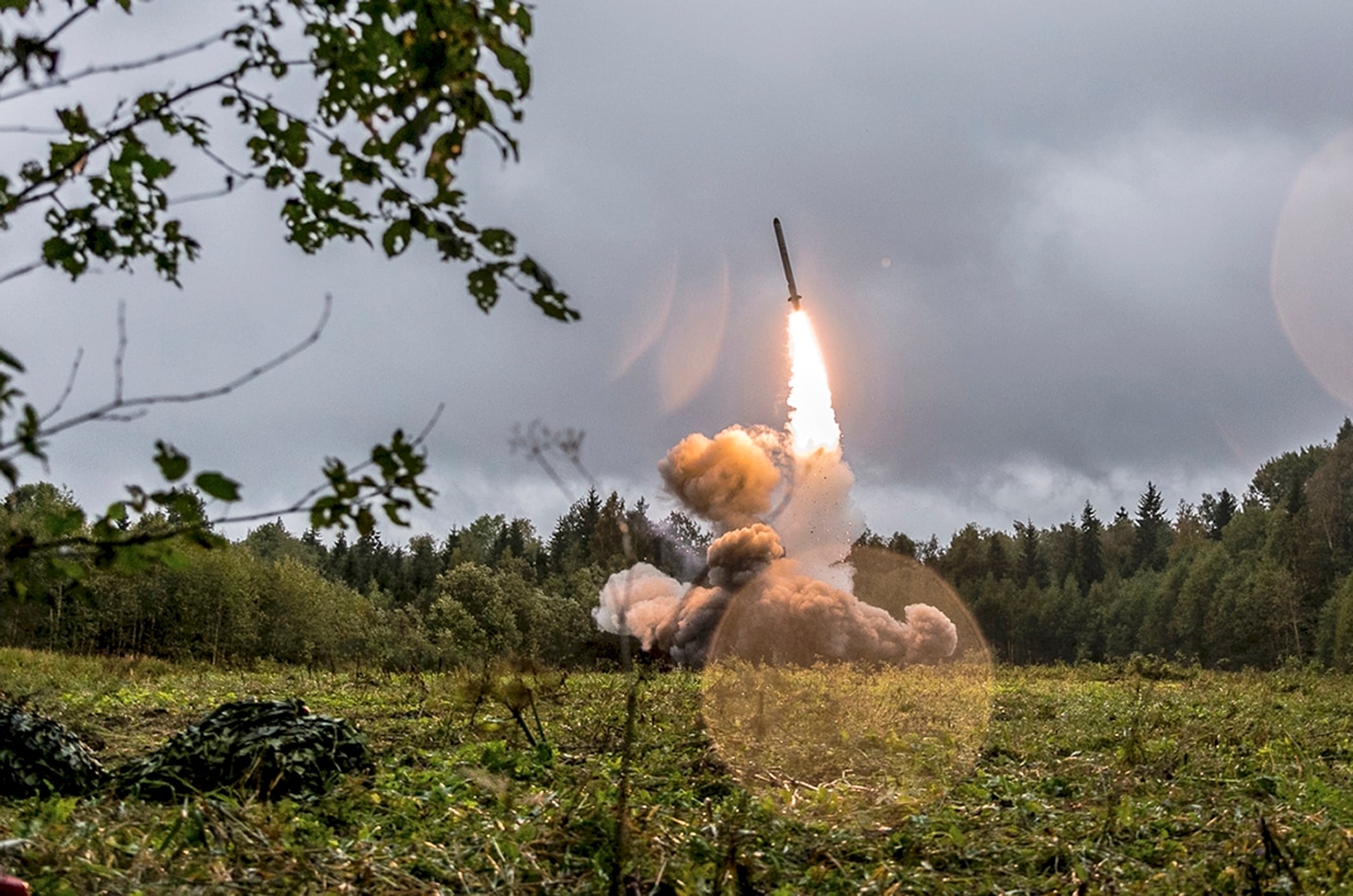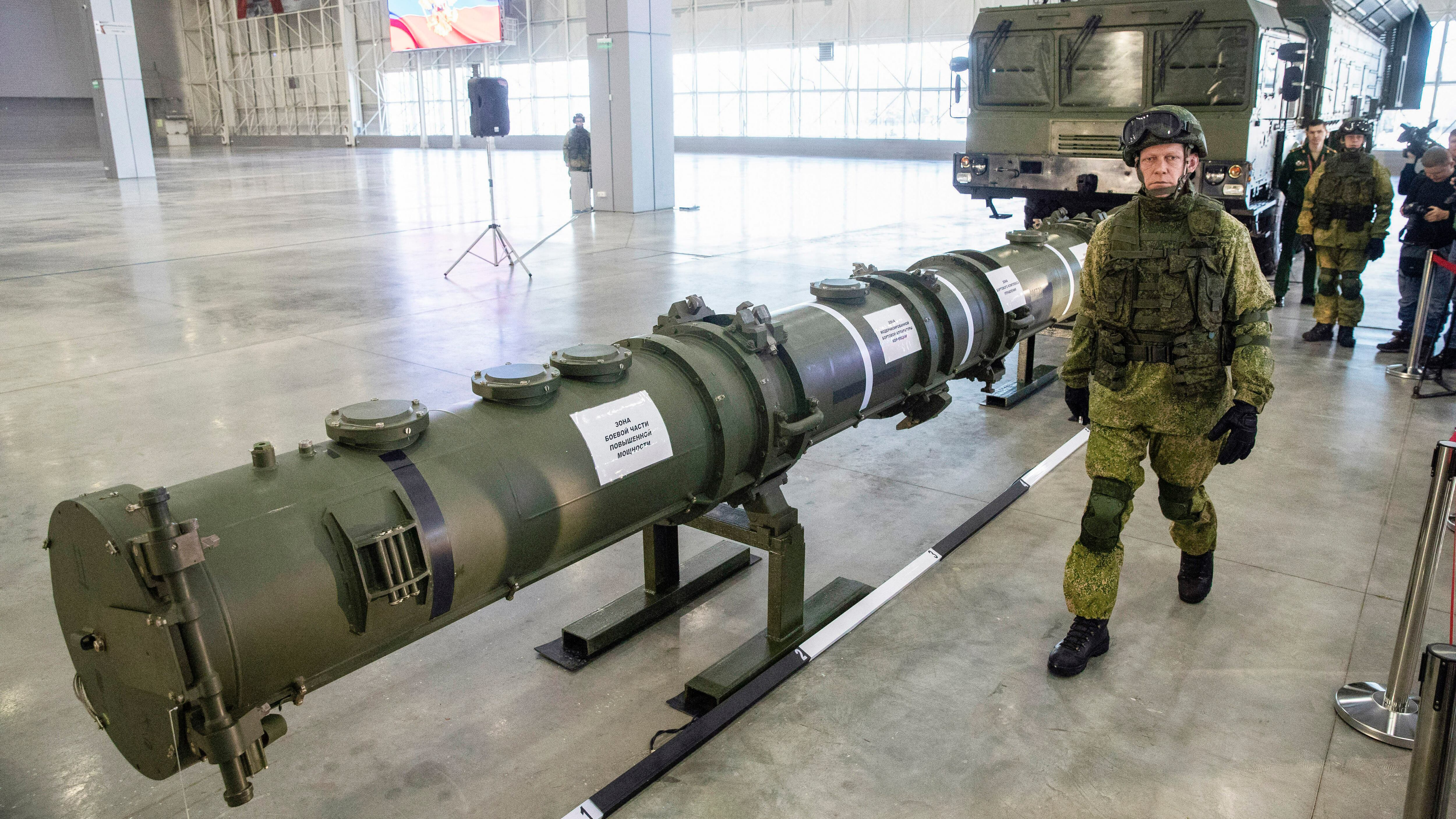WASHINGTON — The Pentagon plans to begin flight tests this year of two types of missiles that have been banned for more than 30 years by a treaty from which both the United States and Russia are expected to withdraw in August, defense officials said Wednesday.
By moving forward with these missile projects, the Pentagon is not excluding the possibility that the Intermediate-Range Nuclear Forces Treaty could still survive, although it likely will be terminated in August. At that point, Washington and Moscow would no longer face legal constraints on deploying land-based cruise or ballistic missiles with ranges between 500 and 5,500 kilometers (310 to 3,410 miles). The INF treaty has been in effect since 1987.
The INF treaty was an arms control landmark in the final years of the Cold War, but it began unraveling several years ago when Washington accused Russia of developing, testing and, more recently, deploying a cruise missile that U.S. officials say violates the treaty. Russia denies the violation and contends the U.S. accusation is a ploy to destroy the treaty.
Intermediate-range weapons are regarded as particularly destabilizing because of the short time they take to reach a target.
RELATED

When he announced on Feb. 1 that the U.S. would pull the plug on the INF treaty, President Donald Trump said his administration would "move forward" with developing a military response to Russia's alleged violations. He was not specific, but defense officials on Wednesday spelled out a plan for developing two non-INF compliant, non-nuclear missiles.
The officials, who spoke to a small group of reporters under Pentagon ground rules that did not permit use of their names or titles, said one project is a low-flying cruise missile with a potential range of about 1,000 kilometers; the other would be a ballistic missile with a range of roughly 3,000 to 4,000 kilometers. Neither would be nuclear armed, the officials said.
The U.S. cruise missile is likely to be flight-tested in August, one official said, adding that it might be ready for deployment within 18 months. The longer-range ballistic missile is expected to be tested in November, with deployment not likely for five years or more, the official said. If Russia and the U.S. were to reach a deal to rescue the INF treaty before August, these projects would not go forward.
The cruise missile recalls a nuclear-armed U.S. weapon that was deployed in Britain and several other European NATO countries in the 1980s, along with Pershing 2 ground-based ballistic missiles, in response to a buildup of Soviet SS-20 missiles targeting Western Europe. With the signing of the INF treaty, those missiles were withdrawn and destroyed.
RELATED

The defense officials said U.S. allies in Europe and Asia have not yet been consulted about deploying either new missile on their territory. NATO is currently studying the implications of the demise of the INF treaty and possible military responses.
One defense official said it was possible that the intermediate-range ballistic missile could be deployed on Guam, a U.S. territory, which would be close enough to Asia to pose a potential threat to China and Russia.
Arms control advocates and Democrats in Congress have questioned the wisdom of leaving the INF treaty, while accepting U.S. allegations that Russia is violating it by deploying a cruise missile that can target American allies in Europe.
"The Russians have been violating the INF treaty for years but, instead of focusing world opinion against the Russians, the Trump administration decided to withdraw from the treaty," Rep. Adam Smith, the Democratic chairman of the House Armed Services Committee, said recently. "Instead of punishing the Russians, the administration has announced it would sink to the level of the Russians."
Daryl Kimball, executive director of the Arms Control Association, said Wednesday the Pentagon has not yet established a military requirement for a ground-launched cruise or ballistic missile of intermediate range.
“It is unwise for the U.S. and NATO to match an unhelpful action by Russia with another unhelpful action,” Kimball said. The alliance also needs to develop a post-INF arms control strategy because “if the United States tries to bully NATO into accepting deployment of such missiles, it is going to provoke a destabilizing action-reaction cycle and missile race.”





